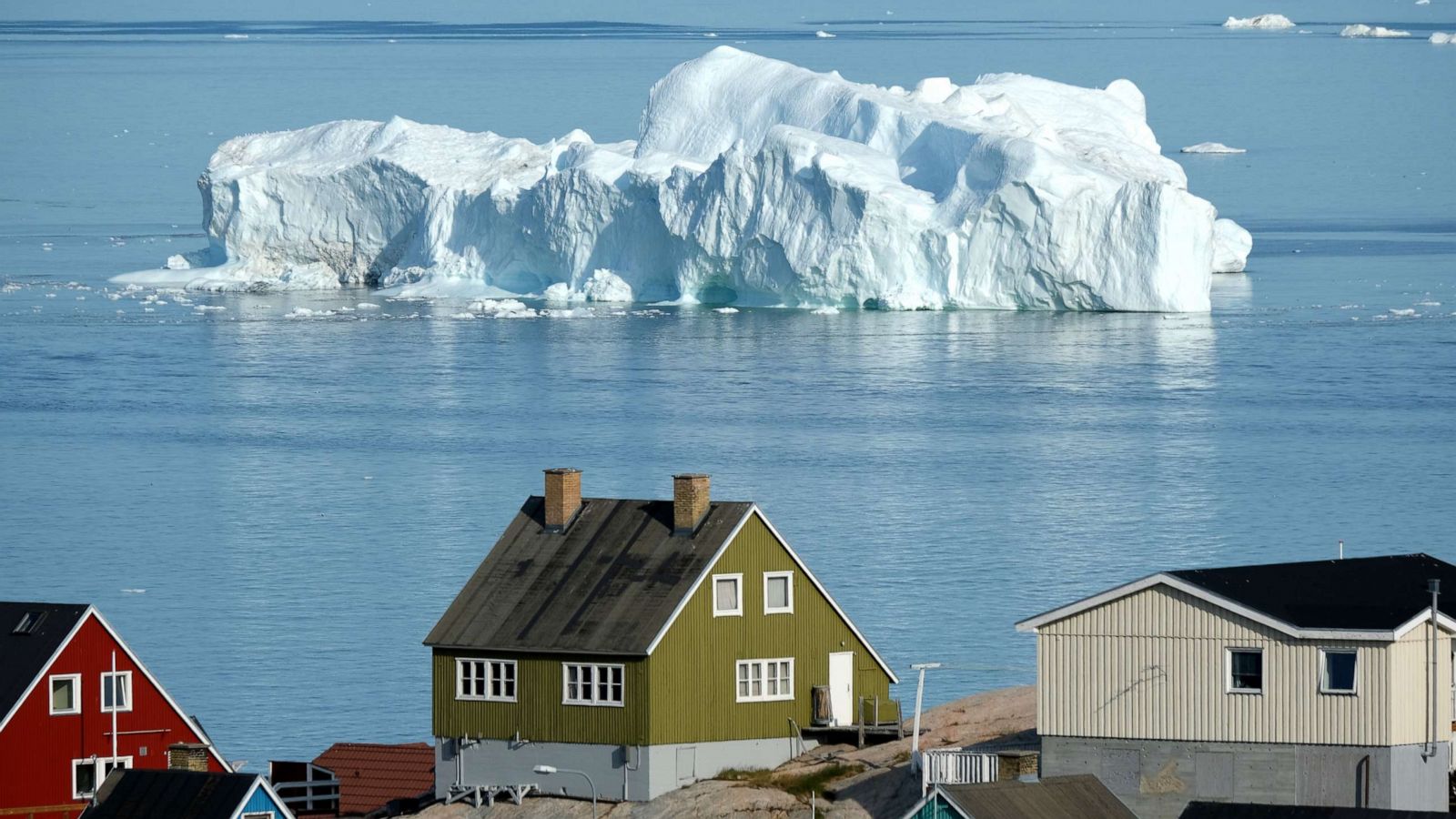Hold onto your hats, folks—there’s a new warning sizzling in the world of climate science. Researchers have just uncovered a critical tipping point that could jack up sea levels beyond our wildest nightmares, all thanks to a tiny rise in water temperature.
Beneath Antarctic
Picture this: beneath Antarctic ice sheets and others like it, warmer seawater is sneaking in and melting away ice from underneath. It’s like a relentless game of hide-and-seek, with each melted cavity opening the floodgates for even more water to rush in. This vicious cycle, say scientists, could dramatically accelerate ice loss, catapulting sea levels upwards.
In their study, scientists crunched numbers using computer models to simulate this alarming scenario. They found that even a minuscule uptick in water temperature could trigger a massive surge in ice loss—a classic case of tipping point behavior. The big question now is: are we already teetering on the edge of this tipping point, or is there still time to pull back?
British Antarctic Survey
Dr. Alexander Bradley from the British Antarctic Survey, who led the research, emphasizes that we might only be talking tenths of a degree here. But those small changes could have monumental consequences, especially given the warming trends we expect in the coming decades.
Billions of People Would be Impacted
Sea level rise isn’t just another climate crisis buzzword—it’s the real deal. If these ice sheets start to melt faster than predicted, major cities like New York City and Shanghai could find themselves underwater sooner rather than later. Billions of people would be impacted, reshaping coastlines and threatening livelihoods worldwide.
So, why aren’t current climate models sounding the alarm loud enough? It turns out, they might be missing a crucial piece of the puzzle: seawater intrusion. This process, where warmer water carves away at ice shelves, could be the game-changer we’ve been overlooking.
“We don’t really have many other good ideas,” Bradley admits. “But including seawater intrusion in our models could reveal a much scarier picture of sea level rise.”
Recent Studies
Recent studies have already hinted at the havoc seawater can wreak on Antarctic ice shelves, potentially doubling the rate of ice loss. Satellite data shows alarming drops in ice sheet height near these vulnerable zones, underscoring the urgency of the situation.
With every fraction of a degree the oceans warm, we inch closer to this critical tipping point. It’s a race against time, and the solution isn’t a quick fix. Drastic action, like slashing fossil fuel emissions to net zero by 2050, is our best shot at preventing catastrophe.
But not all hope is lost. Researchers are now gearing up to integrate seawater intrusion into ice sheet models, hoping to predict just how much sea levels could spike if this nightmare scenario plays out across Antarctica.
UK’s National Oceanography Centre
Dr. Tiago Segabinazzi Dotto from the UK’s National Oceanography Centre sees promise in the study’s findings but cautions that we need more robust models and better observations to truly grasp the complexities at play.
The clock is ticking, folks. As we stare down the barrel of a warming planet, it’s clear that understanding these ice-ocean feedback loops is crucial. The fate of our coastlines and communities hangs in the balance—a stark reminder that when it comes to climate change, every degree matters.
Thank you for visiting The Pink Words ! Do Subscribe Us for more.




